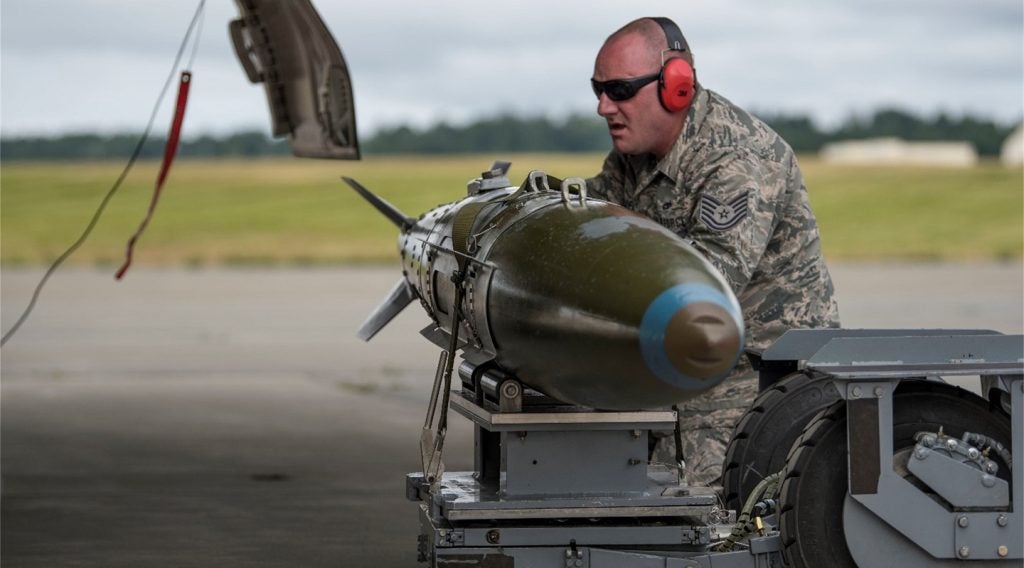
Lockheed Martin has successfully completed the first flight test of its multi-function sensor system Legion Pod aboard an F-15C aircraft.
The test validated the multi-function sensor's ability to provide long-range detection and tracking of airborne threats for the US Air Force (USAF).
Legion Pod was integrated onto the F-15C without any modifications to the aircraft. It successfully tracked multiple airborne targets in representative scenarios during the flight.
Lockheed Martin Missiles and Fire Control SOF CLSS vice-president Paul Lemmo said: “With our most advanced technology, a hot production line and established logistics depot, Legion Pod is ready to fulfil urgent capability gaps and support critical air-to-air missions.”
The sensor has been designed to support collaborative targeting operations in radar-denied environments, according to Lockheed.
The Legion Pod is in line with the requirements of the USAF’s F-15C infrared search and track programme of record, which include long-range detection and tracking in a wide field of view.
How well do you really know your competitors?
Access the most comprehensive Company Profiles on the market, powered by GlobalData. Save hours of research. Gain competitive edge.

Thank you!
Your download email will arrive shortly
Not ready to buy yet? Download a free sample
We are confident about the unique quality of our Company Profiles. However, we want you to make the most beneficial decision for your business, so we offer a free sample that you can download by submitting the below form
By GlobalDataThis multi-function sensor offers high-fidelity detection and tracking of airborne targets using an IRST21 infrared sensor and advanced networking and data processing technology.
The system is also capable of accommodating additional sensors without the need of costly systems or aircraft modifications.
It will also be available to provide a wide range of capabilities for other fighter and non-fighter aircraft.
Image: Lockheed Martin-built Legion Pod successfully tracked multiple airborne targets while flying on an F-15C. Photo: courtesy of Lockheed Martin Corporation.







